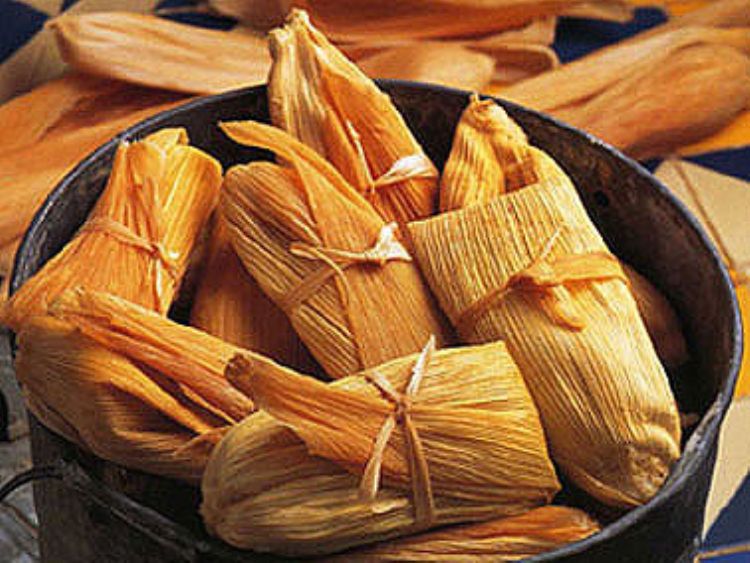
The word tamal has Nahuatl roots and means âwrappedâ....
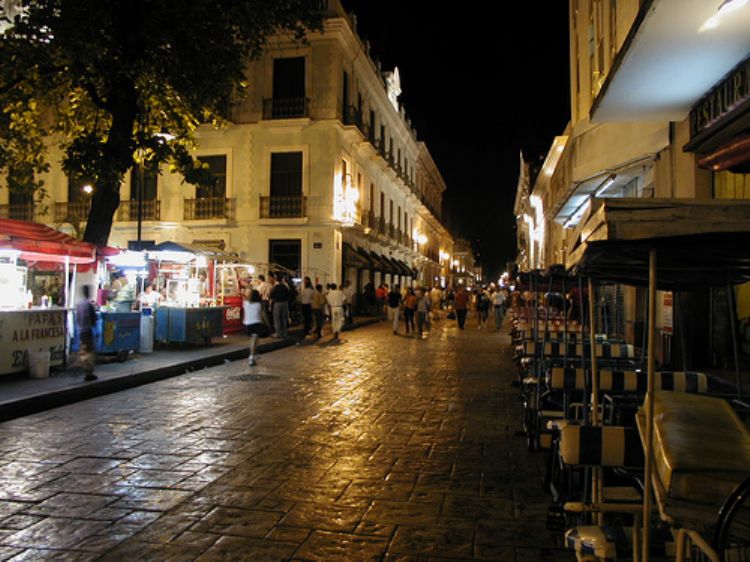
The geography of the history maintained this beautiful peninsula isolated from issues of the New Mexican Republic, and for this reason, its cultural manifestations evolved in an independent manner from the rest of the Mexican culture, influenced by its commercial contact with France, Cuba, and the city of New Orleans of the United States of America.
Architecture, fashion and gastronomy are arts that exhibit the feel of Yucatan, a feeling of pertinence more than its own nation.
For example, the rich Yucatan people who visited Cuba brought back Cuban guayaberas (a type of short) to the peninsula, having success throughout the population, and Yucatan adopted this way of dressing and ¨nationalized¨ it from Yucatan. Today, the great quality guayaberas are a Yucatan contribution to the world.
One of the characteristics of this culture is a great sense of humor, reflected during celebrations where the people dance happily until someone screams ¨bomb! ¨And proceeds to recite a quartet, seal of Yucateca identity.
Its music, known as Yucateca Trova, delights international audiences and is fruit of the cultural influence we mentioned before. Its well known singers are Cirilo Baqueiro, Fermin Pastrana, Ricardo Palmerin, Ricardo Palmerin, Guty Cardenas, Pastor Cervera and Sergio Esquivel.
In the hot months of July and August, the traditional Yucateca family goes to the beaches and springs of the state for recreation and resting in the company of their loved ones.
The hot climate of the peninsula is year round. People usually rest on comfortable hammocks. The origen of this form of rest is uncertain. Its name in Haitian jeans ¨tree¨, and since it is usually tied between two trunks, it is believed that it originated on Caribbean lands. However, historic records talk about hammocks in Yucatan since the XVI century and are part of their culture as much as pork or Yucateca guayaberas. The manufacturers of these colorful hanging hammocks are indigenous Mayans that still make these by hand on wood.
GASTRONOMY
The yucateca kitchen is known for its harmonious combination of taste and aromas of limes, oranges, bananas, and squash among others, that make its typical dishes worthy of representing the cultural richness of these lands.
The cochinita pibil (pork), lime soup, motuleño eggs, papadzules, poc-chuc, and cornbread, form part of the culinary legacy of southeast Mexico.
ACTIVISM
The Mexican civil society is known for its participation in certain states of the republic, among them, Yucatan stands out for its passion and organization of a society that reports the existence of political bindings, unjust treatment and discrimination towards indigenous people and the human rights Yucatan presents.
Center of Independent Media of Yucatan- with important in the Yucatan Peninsula, is associated and described as a ¨collective democrat non-commercial¨, whose mission is to provide a forum of liberal expression of the public opinión through the Internet, radio, video, and other media, in the fight for defending human rights.
Its labor in the Mexican Republic is associated with other associations in defense of human rights, such as Indymedia.org, independent media center that is born of joint work of activist organizations in 1999 to give coverage to protests made at the OMC (Organización Mundial Del Comercio) in Seattle.
Numerous blogs and web pages circulate the internet making it possible to report violations and human rights that happen in the state.
HANAL PIXAN
To the surprise of the Spanish conquistadors, particularly the catholic missionaries, the Mayan cities did not have cemeteries, due to the fact that they buried the bodied in their house.
The venerating the dead that the Mayans practiced was impossible to remove with evangelizing, so the missionaries decided to permit the practice of the celebration of the day of the dead on November 1st and 2nd.
The banquet prepared for the dead, or Hanal Pixan (which is Mayan for Banquet for the Animas), consists of muc-bil chicken, a tamale filled with different meats, wrapped in a banana leaf cooked underground.
The alters that were made in their honor were decorated with colors, flowers, photographs, and personal objects of the dead.
INTERNATIONAL ART FESTIVAL: MÉRIDA, CAPITAL AND CULTURE
During the first month of the year, the founding of the Yucateca capital, the beautiful white city is celebrated. It serves as a backdrop for 26 days of cultural manifestations of international quality. Theatre, dance, music, art workshops, literature, opera, and other cultural events flood the streets and the historic scenarios of Merida, like the Jose Peon Contreras Theatre, the Olimpo Cultural Center, the Santa Lucia Park, and others.

The word tamal has Nahuatl roots and means âwrappedâ....
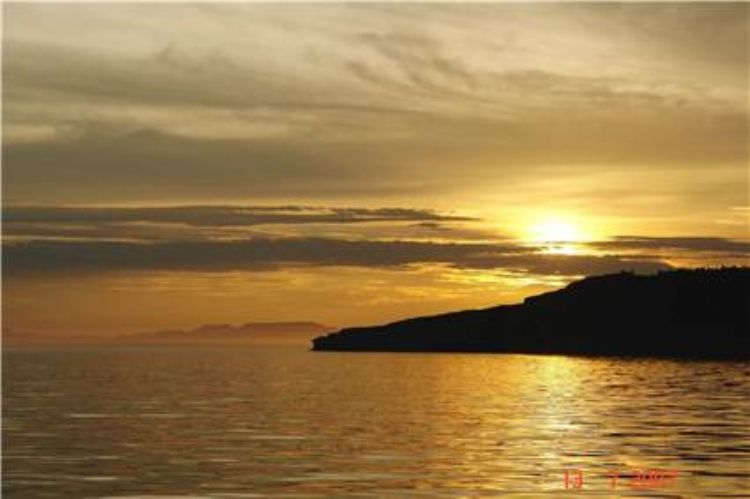
Tourism is one of the countryâs main economic activitie...

The Business Tax to Unique Rate (Impuesto Empresarial de ...

Mexico is the third largest and second most populated cou...
.jpg)
One of UNESCOâs goals is for men and women to have spir...
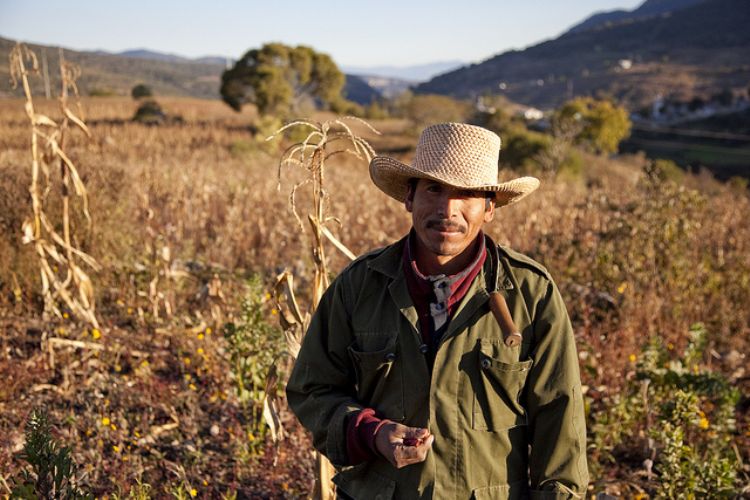
Even though agriculture in Mexico occupies a minor role i...
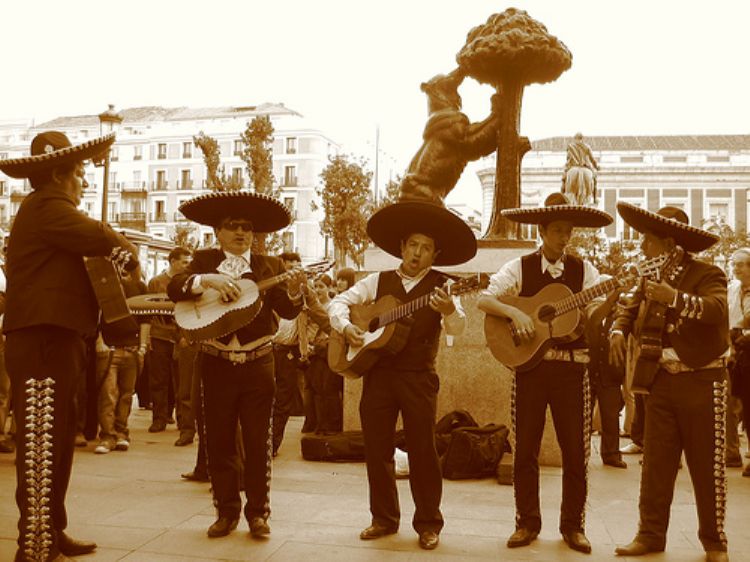
The dictionaries of Academia Mexicana de la Lengua and th...
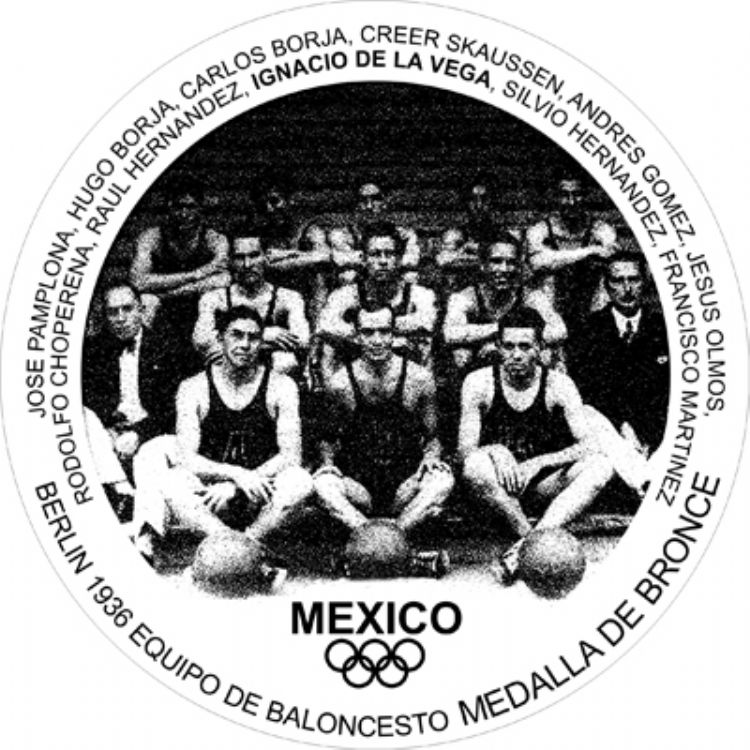
The Olympic Games of Los Angeles 1932 was the third time ...
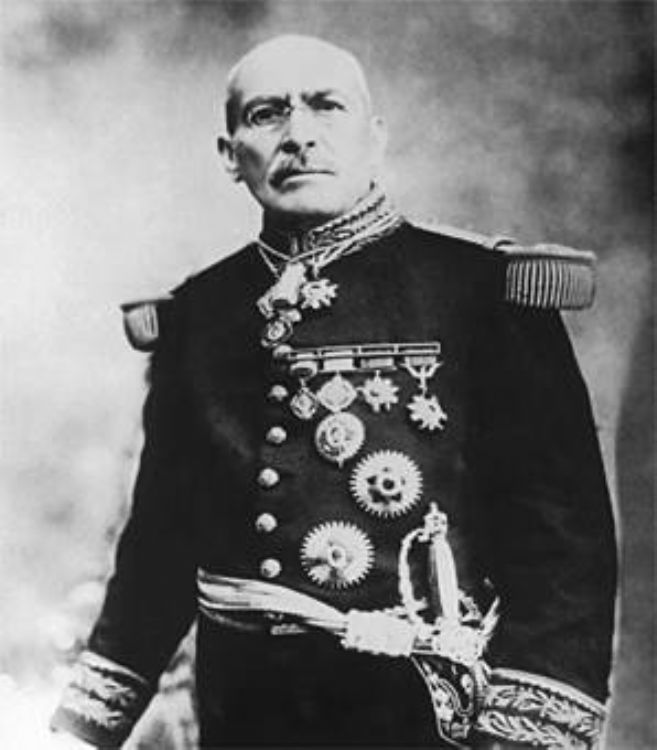
José Victoriano Huerta Márquez was born in ...
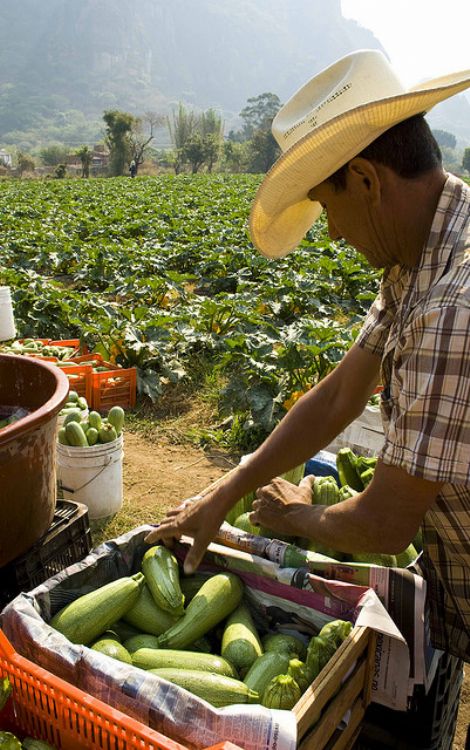
In the field of international trade, Mexico is a country ...
.jpg)
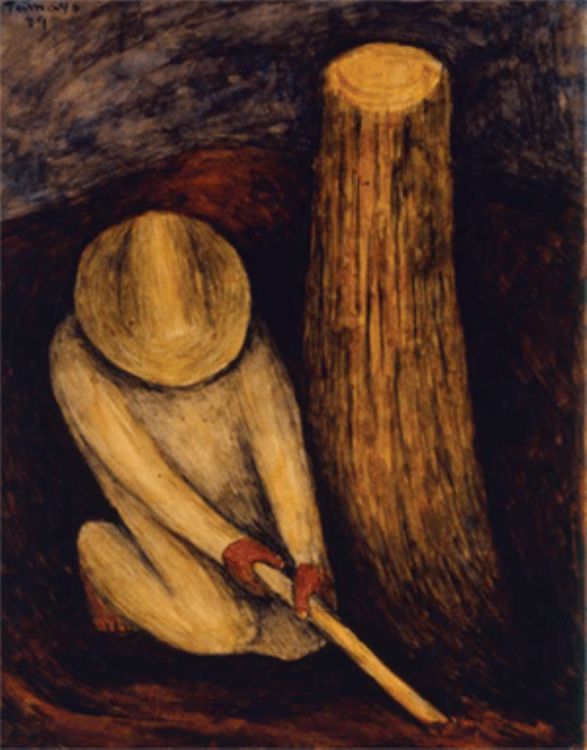
Oaxaca is one of those magical places; its people and tra...
